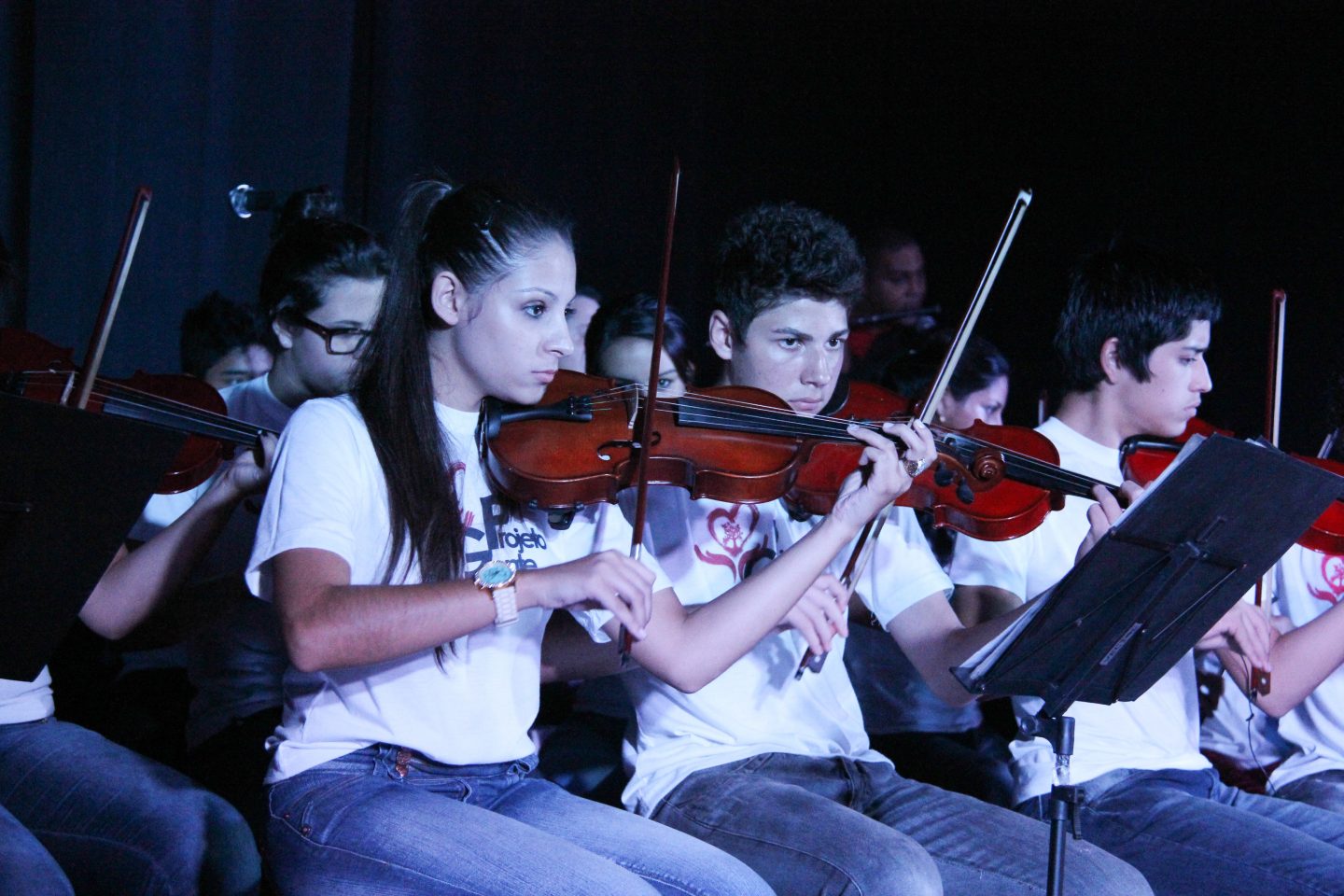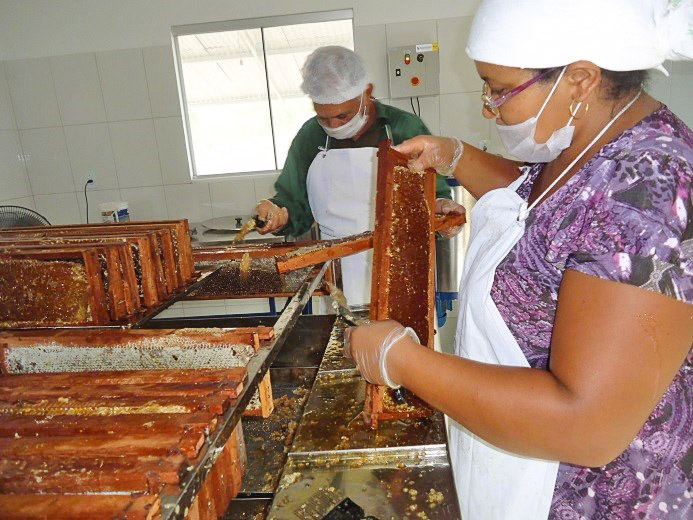Arapaima Sustainable Handling Plan
The Sustainable Pirarucu (Arapaima gigas) Handling Plan has been underway since 2013 as part of the Fisheries Monitoring and Support Program of the Jirau Hydroelectric Plant, which belongs to Energia Sustentável do Brasil S.A. and has ENGIE as a shareholder (with a 40% stake). The program was developed based on the demands of fishermen’s settlements in the region and Rondônia state environmental authorities. The Jirau team developed economic, environmental and social feasibility studies for the project and the area that was determined to show the best potential was the lakes region of Corte de Mercedes, in Guajará Mirim (state of Rondônia), on the banks of the Mamoré River. The Plan was developed using participative methodologies that integrate traditional and scientific knowledge. Fishermen were taught pirarucu counting, fishing and processing techniques. The work was done in stages: stage one involved interviews, field visits and the review of images and maps; stage two was about training local technicians and workers, using a methodology for ascertaining the stock of pirarucu in the ecosystem; the third stage included a survey and discussion of factors for handling processes validation, as well as the required inputs; and the fourth stage consolidated the management committee that is made up of the resource’s users and intended to monitor the Plan and ensure its sustainability. Pirarucu fishing is becoming an additional source of income for the region’s fishermen, improving families’ living standards.
Objectives
- To contribute to the sustainable fishing of the species in the region;
- To train fishermen in product processing, conservation and quality control techniques;
- To increase income based on the sale of legal pirarucu with improved processing quality, adding value to the product;
- To develop awareness and practice of natural resources conservation and sustainability.
Results
- 17 fishermen’s families involved (group of handlers);
- 406 fish captured, for a total of 32,837.4 kg.


